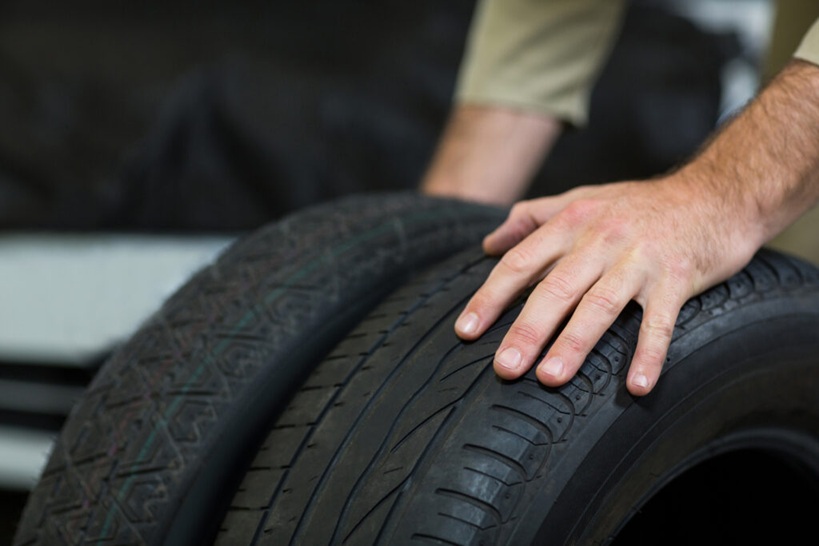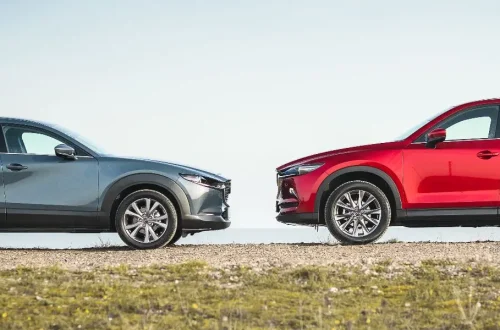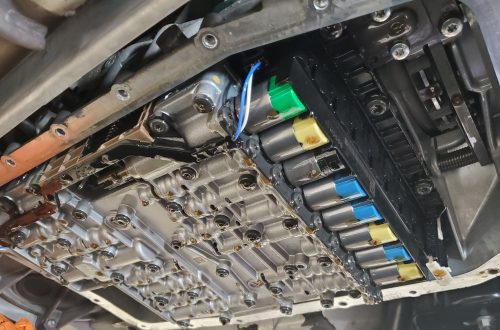When it comes to tyres Singapore drivers need, the tropical climate and unique road conditions demand specific considerations. The city-state’s combination of intense rainstorms, urban heat, and varied road surfaces creates a perfect storm of challenges for even the most robust rubber.
The Singapore Tyre Challenge
Singapore presents unique challenges for vehicle owners. The constant humidity, torrential downpours, and scorching asphalt create a brutal testing ground for even premium tyres.
“In the tropics, rubber compounds face accelerated degradation from UV exposure and heat cycling. What might last three years elsewhere might need replacement after 18 months here.”
The roads themselves contribute to the situation:
- Smooth expressways that encourage higher speeds
- Tight urban streets with frequent stop-start driving
- Drainage channels that test wet-weather grip
- Construction zones with debris that threaten sidewalls
Selecting Tyres for Singapore Conditions
Wet Performance Is Non-Negotiable
- With annual rainfall averaging over 2,300mm, hydroplaning resistance is essential. Look for:
- Deep circumferential grooves
- Efficient water evacuation channels
- Silica-enhanced compounds that maintain grip when wet
Heat Resistance for Urban Driving
The stop-start nature of city driving generates tremendous heat. Combined with ambient temperatures regularly exceeding 32°C, your tyres need proper heat management.
“The heat doesn’t just wear tyres faster—it transforms how they behave. A compound that’s grippy at 25°C might become dangerously slick at 50°C, which is easily reached on black asphalt during midday.”
Fuel Efficiency Matters
With Singapore’s premium fuel prices, rolling resistance becomes an economic consideration. Modern low-rolling-resistance tyres can improve fuel economy by 5-8% compared to standard options.
Reading the Sidewall: What Those Numbers Mean
Size Designation
The cryptic code on your sidewall (like 225/45R17) tells you:
- 225: Width in millimeters
- 45: Aspect ratio (height as percentage of width)
- R: Radial construction
- 17: Rim diameter in inches
Speed and Load Ratings
The letters and numbers after the size (like 91W) indicate:
- 91: Load rating (higher numbers support more weight)
- W: Speed rating (W = up to 270 km/h)
Production Date
The four-digit code (like 2025) tells you when the tyre was manufactured:
- First two digits: week of production
- Last two digits: year
Never purchase tyres older than 6 years from manufacture, regardless of tread condition.
The Hidden Costs of Cheap Tyres
Safety Compromises
Budget tyres often sacrifice wet-weather performance and braking distance. The difference between premium and budget options can be several meters of stopping distance—potentially the margin between a near-miss and a collision.
Environmental Impact
Cheaper tyres typically wear faster, contributing more rubber particles to the environment. These microplastics eventually wash into Singapore’s drainage systems and ultimately into the surrounding waters.
Noise Pollution
Premium tyres feature advanced noise-reduction technologies. In Singapore’s densely populated urban environment, road noise contributes significantly to overall noise pollution, affecting quality of life both inside and outside the vehicle.
Tyre Care in Singapore’s Climate
Pressure Monitoring
The rapid temperature fluctuations between air-conditioned garages and scorching roads cause pressure changes. Check pressures monthly—preferably when tyres are cool.
Rotation Schedules
Front-wheel-drive vehicles experience different wear patterns than rear or all-wheel-drive counterparts. Rotate tyres every 10,000km to ensure even wear.
Avoiding Curb Damage
Singapore’s tight parking spaces invite sidewall damage. Take extra care when parallel parking, as sidewall injuries are usually irreparable.
When Replacement Becomes Necessary
Tread Depth Indicators
Modern tyres feature wear bars that become visible when tread reaches approximately 1.6mm—the legal minimum. However, in Singapore’s wet conditions, consider replacement at 3mm for safety.
Age-Related Degradation
Even with adequate tread, tyres degrade through:
- UV exposure hardening the rubber compounds
- Heat cycling causing internal structure weakening
- Oil leaching from the rubber matrix
The Penny Test
Insert a 20-cent coin into the tread groove with the Singapore lion facing you. If you can see the top of the lion’s head, your tread is dangerously low.
Seasonal Considerations
Unlike countries with dramatic season changes, Singapore’s relatively consistent climate means all-season tyres make sense year-round. Focus on wet performance rather than temperature adaptability.
“The real seasons in Singapore are ‘wet’ and ‘wetter.’ Your tyres should be ready for both.”
Electric Vehicle Considerations
Weight Management
Electric vehicles typically weigh 20-30% more than their combustion counterparts due to battery systems. This additional weight demands tyres with higher load ratings and reinforced structures.
Noise Reduction
Without engine noise, tyre rumble becomes more noticeable in EVs. Specially designed EV tyres incorporate additional sound-dampening features to maintain the quiet cabin experience.
Rolling Resistance
EVs benefit even more from low-rolling-resistance tyres, as they directly impact range. The latest generation of EV-specific tyres can extend range by up to 7% compared to standard options.
The Long-Term Value Proposition
Premium tyres cost more initially but often deliver better value through:
- Longer tread life
- Better fuel economy
- Superior wet braking performance
- Reduced road noise
Consider the total cost of ownership, not just the initial price tag. The difference between budget and premium options often becomes negligible when calculated per kilometer driven.
Conclusion
Driving in Singapore demands tyres that can handle the unique combination of tropical heat, monsoon rains, and urban road conditions. By understanding the specific requirements of this environment, you can make informed choices that enhance safety, improve fuel economy, and extend service life. Remember that quality tyres represent one of the most important safety investments you can make for your vehicle—they are, after all, the only four points of contact between your vehicle and the road. When shopping for your next set of tyres Singapore roads demand, remember that the right choice is as much about safety as it is about performance.






